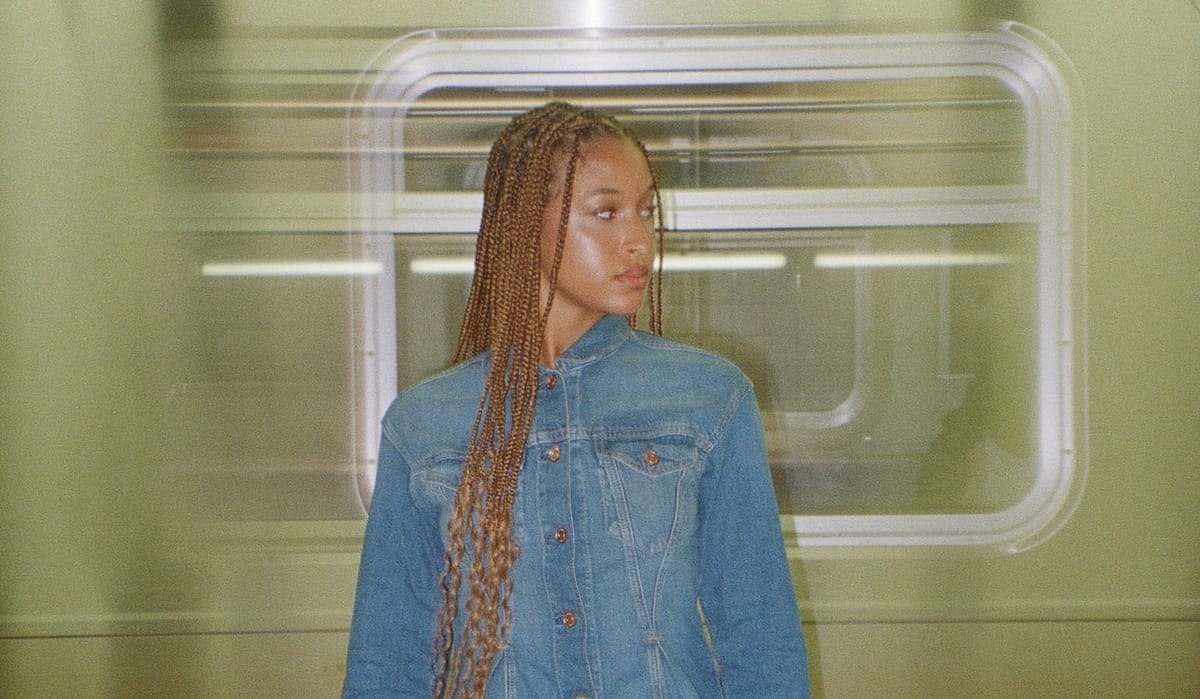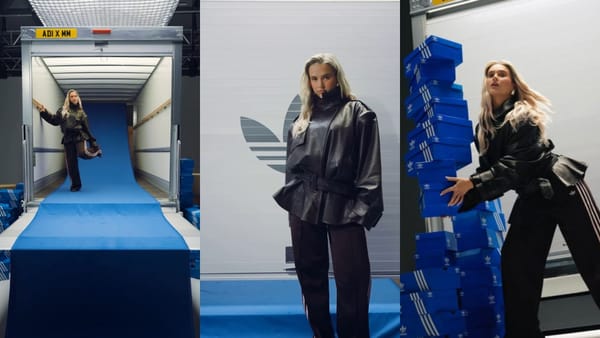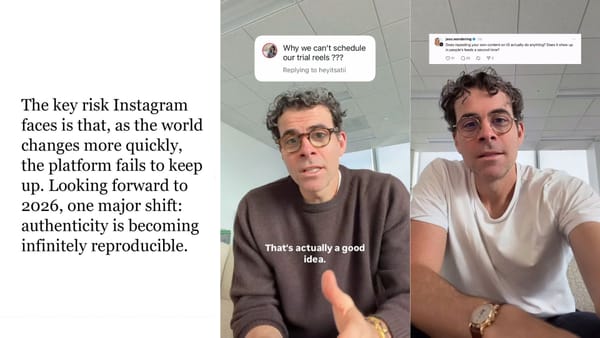Over the past decade, the digital media landscape has changed dramatically, transitioning from a chronological timeline to an algorithmic one on almost every platform. What started as a way to streamline content discovery has evolved into something that feels more like a restrictive system, where our feeds are dictated by algorithms that prioritise mass appeal over diversity.
As short-form content became king, these algorithms began curating our feeds based on past behaviour, engagement patterns, and predictive analytics. In theory, this was meant to personalise and enhance users' experiences, but in practice, it has led to a homogenisation of media consumption. We're all seeing the same content and the same trends over and over again.
The consequence: a sense of saturation and repetition which flattens culture. And content feels “mid” because of trends and posts' constant, rapid turnover.
Kyle Chayka’s 2024 book ‘Filterworld: How Algorithms Flattened Culture’ dives into this phenomenon, illustrating how algorithms have – in many ways – stripped culture of its uniqueness. The rise of ‘hyper-sensitive-masse-audience’ reduced the richness of individual expression. What we're left with is a feed full of performative content, where creators mould their expression to fit within the strict confines of the algorithm.
But as with any major trend, there’s always a reaction. By mid-2023, the cracks in performative content began to show, and in its place, a renewed emphasis on individuality emerged – a love for niches and sub-cultures guided by smaller creators and communities worldwide. Now, both users and creators are embracing what sets them apart, moving away from fleeting trends to content that feels more personal and lasting.
The Rise of the Curator-Creator
In this evolving digital landscape, creators are no longer just content producers; they’re evolving into curators. This curatorial role involves showcasing their work, collecting and highlighting content from other creators, and introducing their audiences to people they should know within their scene. It isn't focused on simply following the latest viral trend – they're carefully crafting digital spaces that reflect their personal tastes, cultural touchpoints and specialisms, becoming trusted guides in the overwhelming sea of content.
Curator-creators also provide direction and intentionality. They help audiences cut through the noise, showcasing what’s worth paying attention to, both in their own creations and by amplifying voices they believe in. This more thoughtful approach contrasts with the algorithm’s race to the bottom – where engagement numbers dictate success, curator-creators lean into slower, more intentional discovery.
This new form of curation is already shaping how we consume content. We’re seeing more creators lead with their personal voice and vision, rather than chasing fleeting trends, and this shift is resonating. As digital consumption becomes more fragmented, these curators are shaping how content is consumed, helping audiences rediscover the joy of finding something fresh and meaningful amidst the churn.
What Does This Mean for the Future of Creators?
As we move towards what some are calling 'Algorithm 3.0', the role of creators is shifting yet again. Rather than simply adapting to the whims of algorithms, creators are reclaiming control over how they engage with their audiences. Users are no longer content with formulaic feeds – they’re seeking out creators whose content aligns with their personal tastes, interests, and identities.
This represents a new chapter, one that promises to balance the efficiency of algorithmic recommendations with the richness of diverse, individualised content. This evolution marks a shift back toward the more open, exploratory experience of the mid-2010s, when platforms like YouTube encouraged a wide range of content rather than pushing narrow, trend-based selections.
Creators who embrace this shift will find themselves at the forefront of a more dynamic experience – one where individuality isn’t lost in the algorithm but elevated by it. By leaning into this, creators can build deeper connections with their audiences and shift away from existing as passive participants in the algorithm. Instead, they’re resuming their important role as active shapers of culture, proving that even in a tech-driven world, personal expression and creativity always thrive.
If you want to hear more from Buttermilk you can check out their session at CreatorFest, exploring the shift from fleeting, fast-paced trends to enduring cultural themes that resonate.









